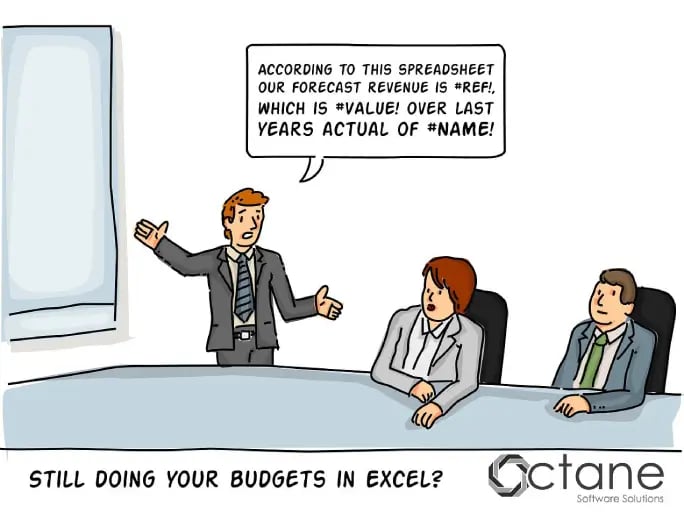Budgeting and Forecasting is a key function provided by the Finance team. Its no secret that most of the teams dread the budgeting period. Not only it ends up being a manual data crunching and bogged down in spreadsheets it also is a soul destroying exercise as many Finance professionals go through the motions knowing that the numbers they are generating are not relevant and cannot be reliably ...
Budgeting and Forecasting is a key function provided by the Finance team. Its no secret that most of the teams dread the budgeting period. Not only it ends up being a manual data crunching and bogged down in spreadsheets it also is a soul destroying exercise as many Finance professionals go through the motions knowing that the numbers they are generating are not relevant and cannot be reliably used to make key enterprise decisions.
Organisational complexity is growing. Business demands more insights, better granularity and driver based projections. With evolving business environment ability to react and predict internal and external factors is key to keeping your edge. It is impossible to cater for these needs using just excel. You simply cannot have a accurate forecasting done in a timely manner and cater for functionalities like what if scenario at granular level, driver based forecasting, divisional forecasts rolling up to group level and be able to bring in actual an re forecast at a frequency that is demanded.

These are some proven tactics to successfully implement Rolling Forecasts
-
Iterative Design and Delivery
Even if you have 2 years (and budget) to spend on consultants to do a detailed requirements the risk of failure is high in waterfall method for implementing rolling forecast. The requirements would be evolving too quickly to keep up. Agile would be the method to use for a rolling forecast project. -
Dedicated resourcing from Finance teams
Putting your best people on the project will reduce the risk of failed delivery. These would be people who understand the business and more importantly understand the outcome that is required. -
Take Responsibility and Govern
A Steering Committee should take ownership and work with technology teams and/or vendors to ensure delivery is functionally sound and on time/budget. -
Find the Right Solution
I find IBM CognosTM1 (Planning Analytics) the perfect balance of power, functionality and agility for a Budgeting and Rolling Forecast application. Also consider the enterprise cloud strategy and pick a solution that is compliant. -
Change your Business Process if Required
Be prepared to change business process - actually embrace the opportunity to update the business process. It is a pointless exercise automating a flawed business process. -
Dont Stop Improving
Implementing a rolling forecast is not the end game. Increasing level of granularity, integrating more driver based forecasting, reporting insights to relevant audience and more importantly acting on insights and measuring success are all important ongoing activities

Is this how your organisation goes through a budget cycle ?
One big benefit of automating forecasts was increased efficiency. This allowed the team to focus on more important analytical tasks instead of processing data in excel or some legacy (and at times not so legacy) systems. We often dont realise the power of "single source of truth". The amount of time spent on checking and reconciling data is mind boggling in many organisations. Finance teams usually dont get scrutnised for their efficiency in delivering their service but imagine if it was a factory floor and every box off the production line was unpacked and checked 3 times before shipping!
In the case study that can downloaded by clicking below is a example of how TM1 was successfully implemented to cut down the time taken to do budgets and move to rolling forecast in a leading investment bank. This was done without increasing the workload on the finance teams.
we go the extra mile so you can go the distance|
Got a question? Shoot!
Lorem ipsum dolor sit amet, consectetur adipiscing elit, sed do eiusmod tempor incididunt ut labore et dolore magna aliqua.



.png?width=673&height=371&name=IBM_Gold-removebg-preview%20(1).png)
Leave a comment